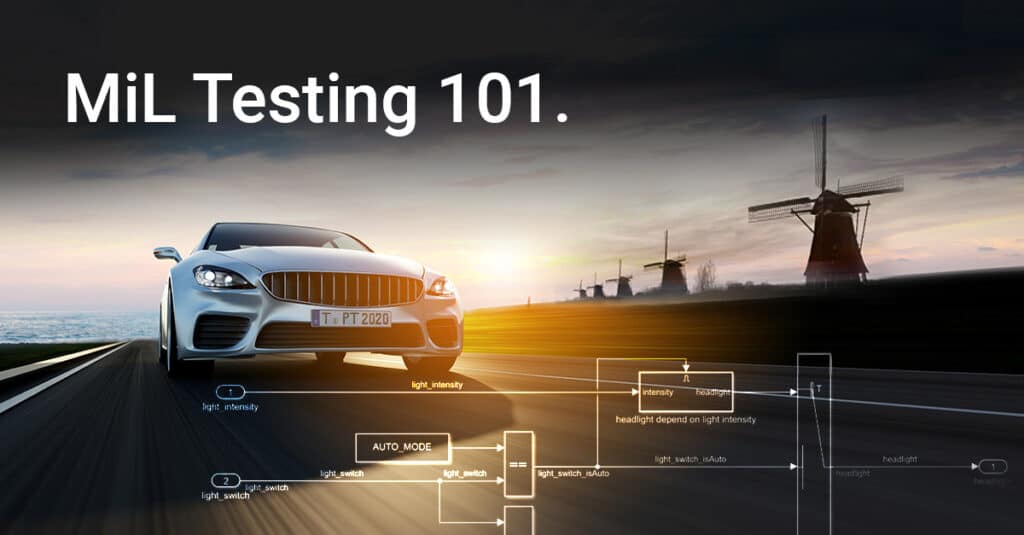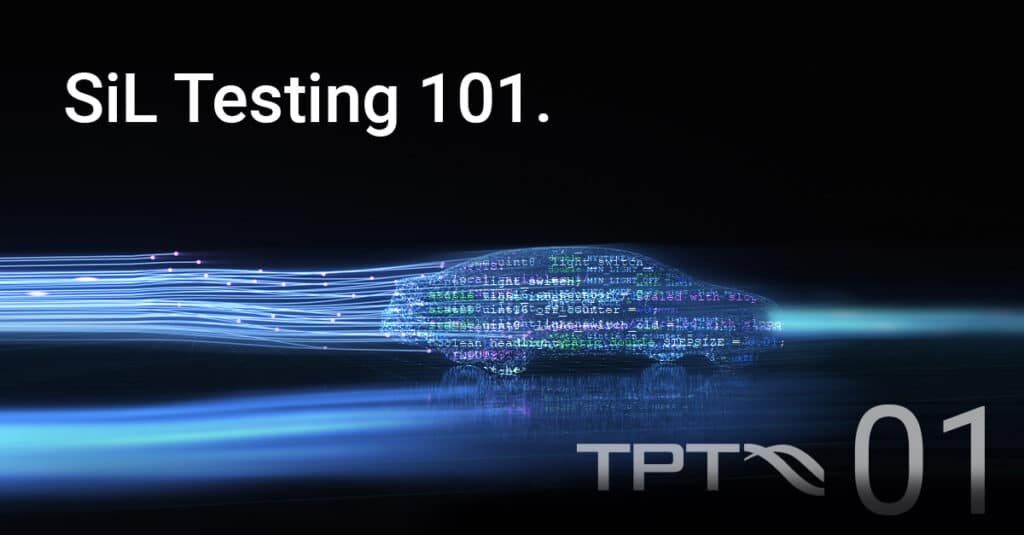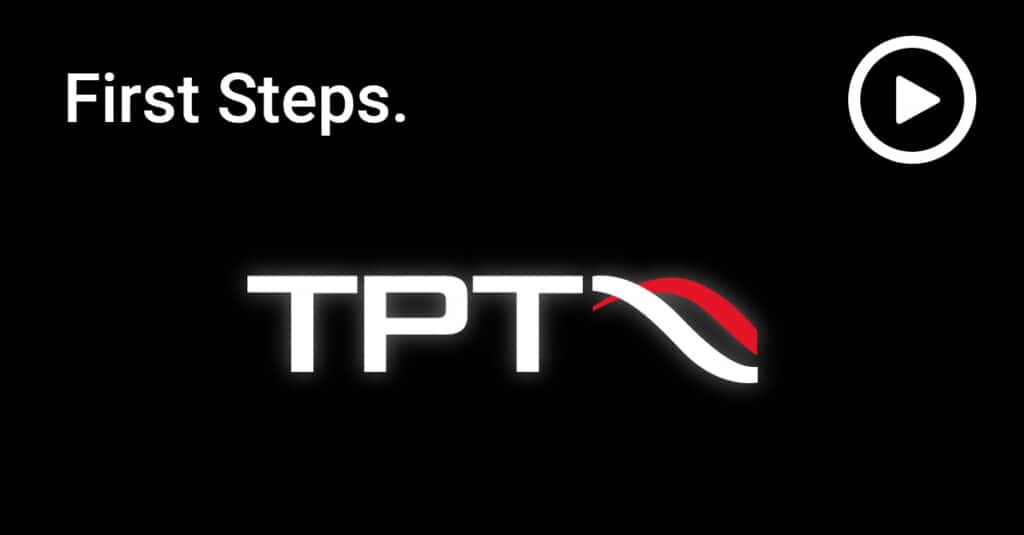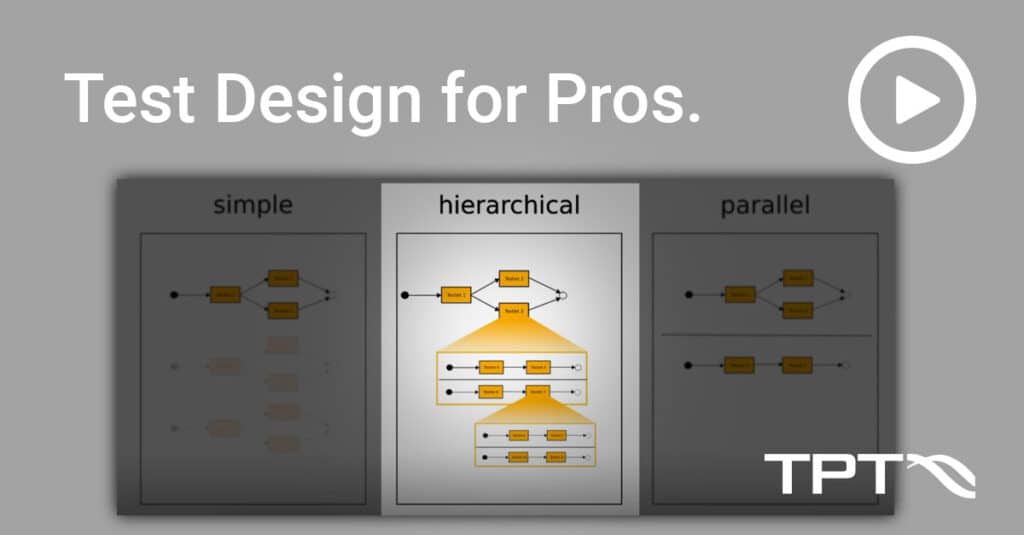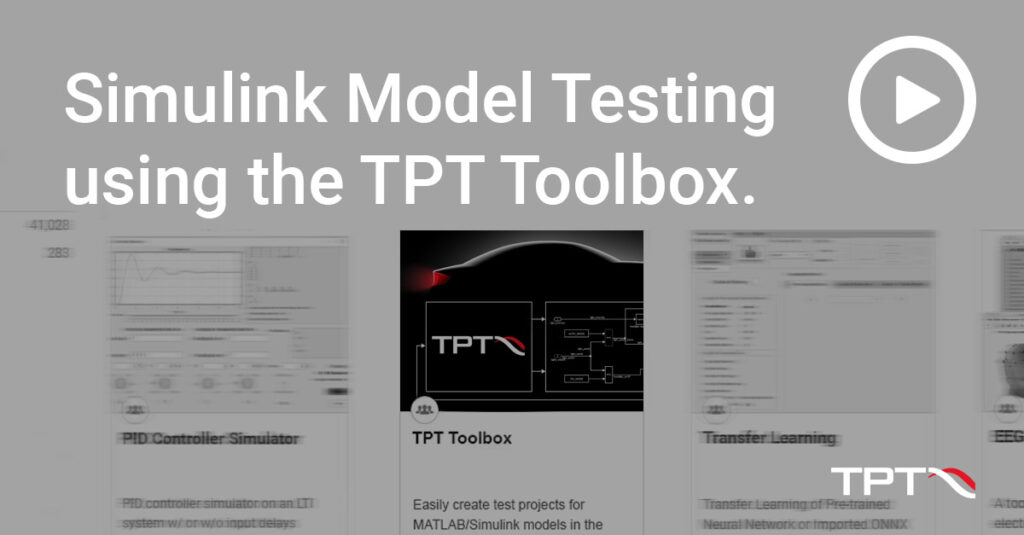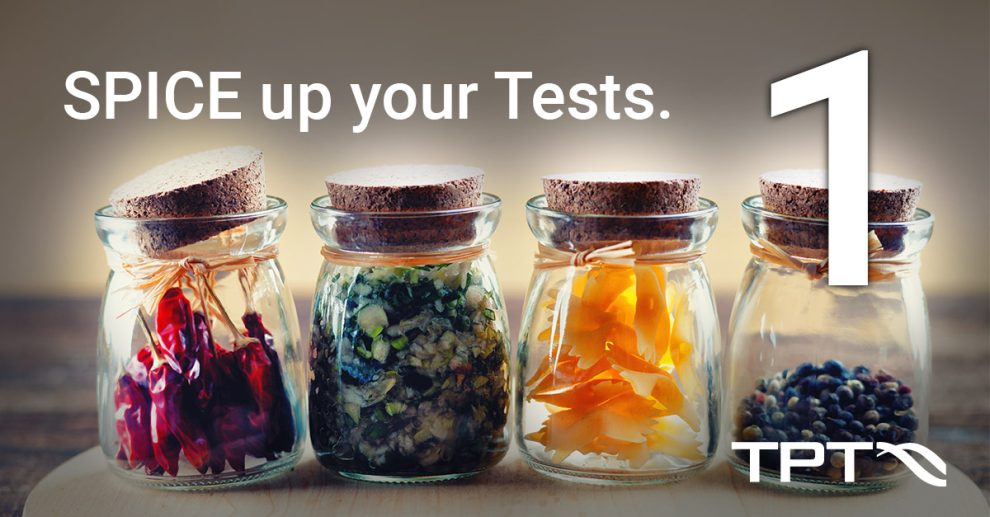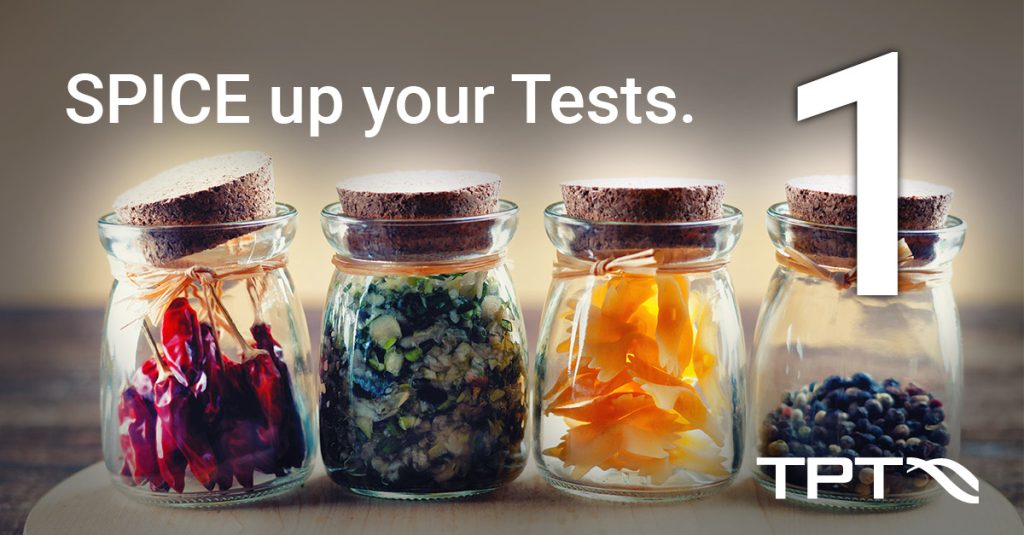
Did the last Automotive SPICE Assessment crash and you don’t know why? Or is your first assessment coming up?
[This is Part 1 of a three-part series of articles. You can check out Part 2 and Part 3 here.]
This article series is about the preparation of an assessment for the Automotive SPICE process Software Unit Verification (SWE.4). We go into the process, the expected deliveries and the view of assessors. Always keeping the idea in mind: What to do to get through an assessment successfully?
An Automotive SPICE Assessment is always successful if all participants from the project:
- have a good knowledge of the Automotive SPICE process maturity model,
- can correctly answer questions from the assessor and
- can explain a relation of their activities to the reference process.
For every process, Automotive Spice version 3.1 requires two basic types of deliverables:
- work products
- process outcomes.
The concrete outcomes should be known by all participants for a successful assessment, because an assessor will pay particular attention to them when assessing the process.
Good to know: The “Software Unit Verification (SWE.4)” process is often equated only with the dynamic testing of software units. Although this is an essential component, much more is expected here.
General Goal of an Assessment
An Automotive SPICE Assessment is intended to determine the maturity level of an organization. The maturity level is seen as an indicator for high quality. The assessment itself is performed for each process using generic base practice descriptions derived from a reference process model. For a rating of Level 1: “performed process”, at least 50% (largely) of all required achievements must be achieved.
Pro Tip: The Software Unit Verification process has 7 base practices (see figure). You should consider all base practices. Please do not ignore any of them. The qualitative requirements for the Level 1 assessment are very high and the results of the base practices have cross-dependencies to upstream and downstream processes. Poor performance can result in downgrades in other areas.
Brief overview of the 7 Base Practices:

Don’t miss the deep dive of software unit verification base practices: Follow Us on LinkedIn.
[This is Part 1 of a three-part series of articles. You can check out Part 2 and Part 3 here.]
Related topics

